Our 2021 Seedling Tree Sale has finally arrived! Additional information on this year’s selection and details on ordering can be found on our website.
Join us weekly as we highlight this year’s available tree species.
*A Redbud video blog can be found on Fairfield SWCD’s YouTube Channel.
Redbud
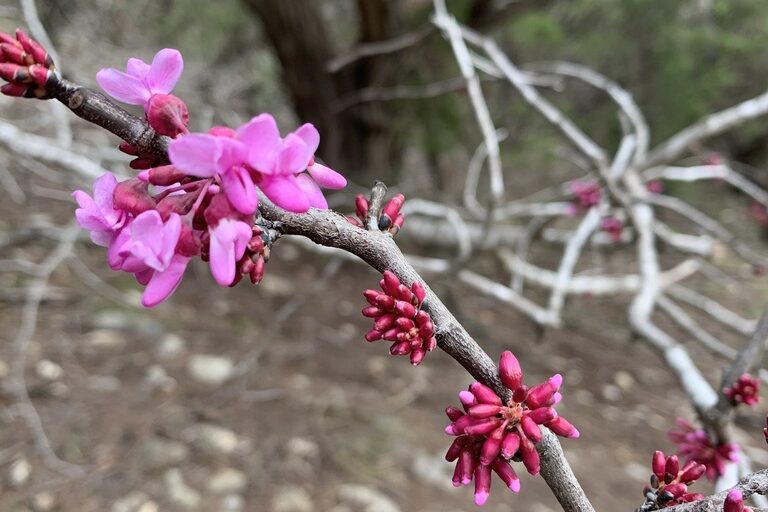
This week we highlight a species that is common throughout Ohio, especially the southern two-thirds of the state. Nonetheless, it is such an eye-catcher that it deserves a bit of spotlight. There are few trees or shrubs that hold a candle to the beauty of the Eastern Redbud. With a profusion of showy, pink flowers in the spring, followed by an array of striking, heart-shaped leaves in the summer, there is no question that this ornamental shrubby tree is turning heads.
Redbud is a member of the legume or bean family. You may be familiar with some of this family’s other members, such as honeylocust, Kentucky coffeetree, black locust, and wisteria. Important plants used for crop production and grazing also hold membership, including soybeans, peas, alfalfa, and clover.
Let’s take a closer look at this native jewel and how it could add some extra allure to your landscaping.
Planting Requirements
Redbud prefers deep, moist, organic, well-drained soils, but are quite adaptable to a variety of pH and moisture levels. However, they cannot tolerate soils that stay wet.
Adequate moisture and full sun will stimulate faster growth and increased flowering, but the plant can tolerate partial shade.
In the wild, redbud is usually an edge species and commonly has a leaning growth habit, seeking to capture as much sunlight as possible.
Mature Size
Redbud is a fairly quick-growing species, especially when young, gaining up to 24” in height per year. It typically grows to a height of 20’-30’ with an equivalent spread.
In the wild, redbuds tend to be multitrunked with a vase-like shape and rounded crown. However, many redbud cultivars exist that select for various features, including a lovely weeping variety.
Wildlife Benefits
The early blooming flowers of the redbud provide a nectar source to insects, including early-season butterflies. There are a few songbirds that are thought to eat their seeds, such as chickadees, along with larger birds including the northern bobwhite. Because of their shrubby habit, redbuds can provide nesting habitat for both small mammals and birds.
Due to their thin, papery nature, redbud leaves are a favorite among native leafcutter bees (Megachile spp.). Female bees will use their mandibles to snip small discs from leaf edges. They collect these leaf fragments, rolling them up to construct individual cells within their nest. Each leafy cell is equipped with a ball of pollen and nectar and contains a single larval offspring. The damage that occurs from this gathering doesn’t typically harm the tree and is just a minor curiosity. Nature never fails to amaze!
Phenology
Heralding the commencement of spring, redbud delivers a spectacular show of lavender-pink flowers beginning as early as March. Stemming from old wood, profuse flower clusters can swathe the entire tree, blooming on twigs, branches, and even the trunk of the tree.
Green foliage typically appears in May and is often tinged red upon emergence. Redbud leaves are easy to identify by their familiar heart shape.
Flowers develop into green, flat, pea-like pods that eventually ripen to brown in mid- to late summer as they mature. Redbuds can hold their ripened fruit late into the winter and even into the early spring.
Challenges
The redbud is a relatively short-lived tree with decline and death typically occurring around twenty years after planting. This is especially the case in urban areas with predominately poorly drained, clay soils. A number of tree diseases can be responsible for this lifespan limit, including trunk canker, verticillium wilt, and root rot.
Signs of trunk canker include sunken depressions in the bark of large branches or trunks. These wounds may appear to be healing before the tree eventually dies. Though there is no chemical treatment for this pathogenic fungus, if caught early the meticulous pruning of affected areas may provide rescue.
Perpetually wet soil is the culprit for verticillium wilt and root rot. These serious pathogens both affect the roots and vascular system but become evident when entire branches begin to die. However, these conditions can be prevented by planting redbud in well-drained areas.
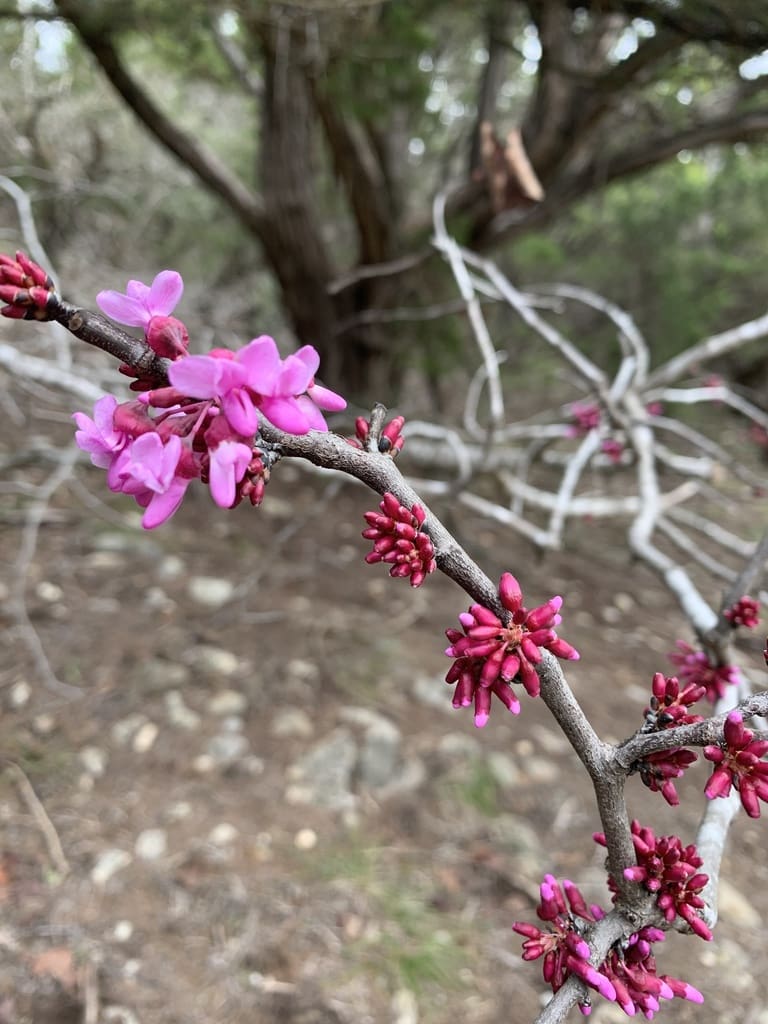
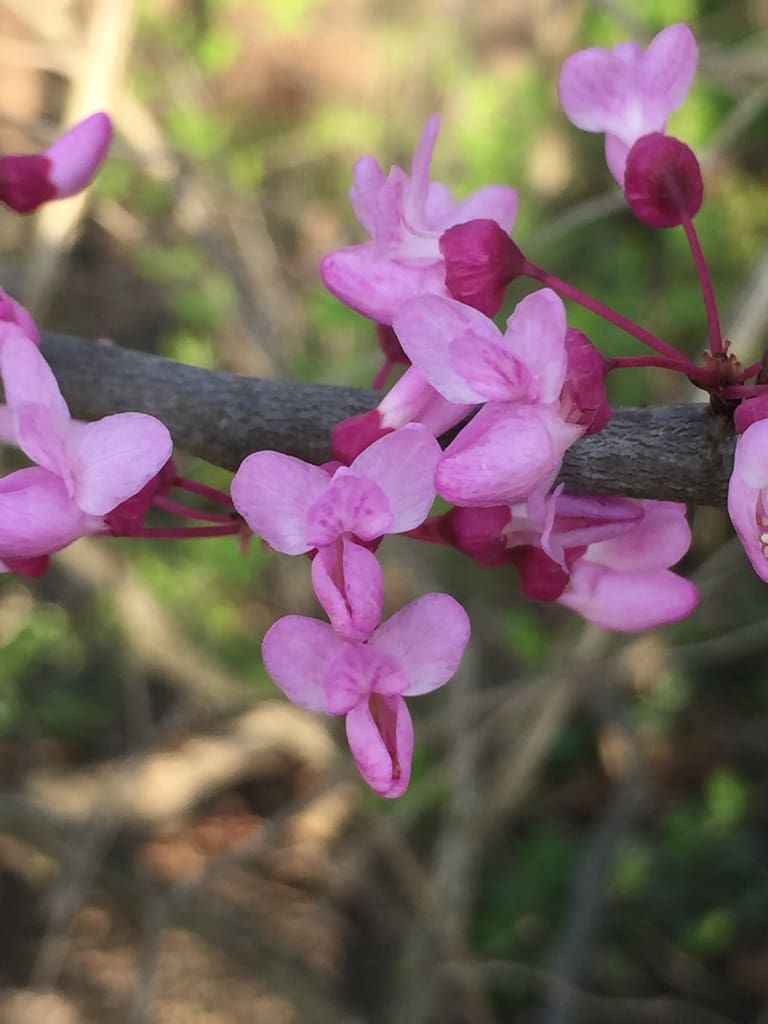
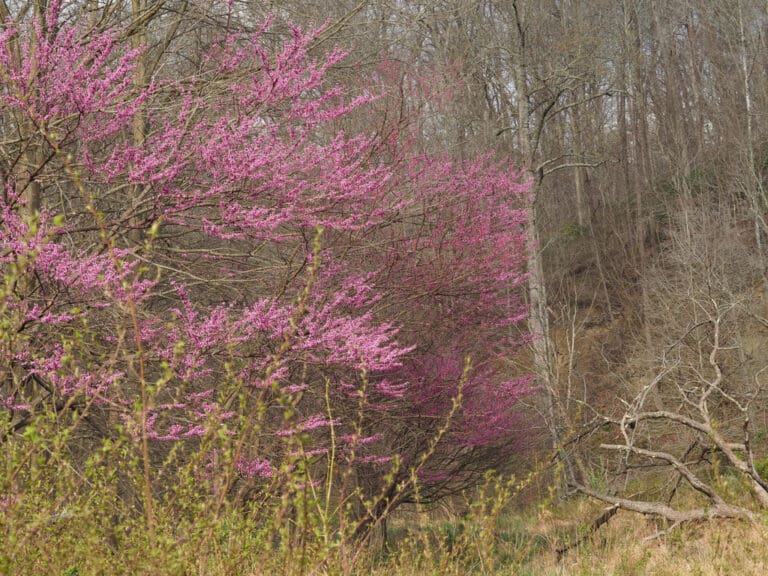
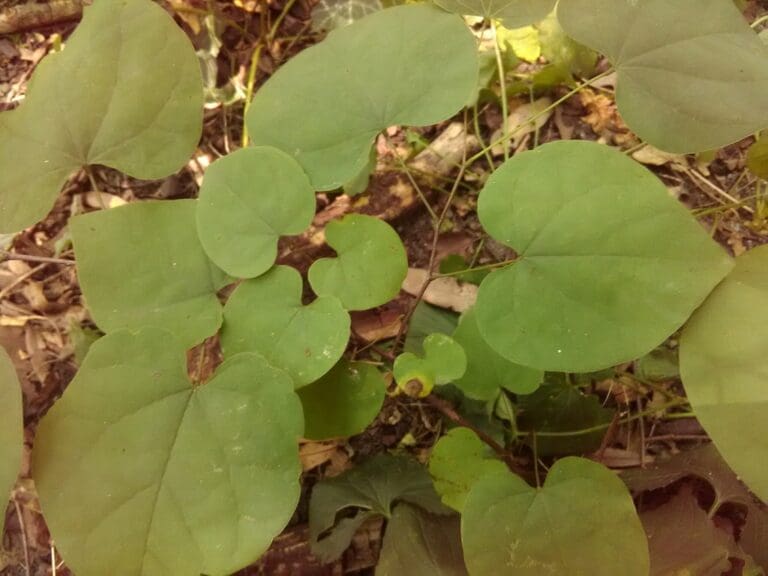
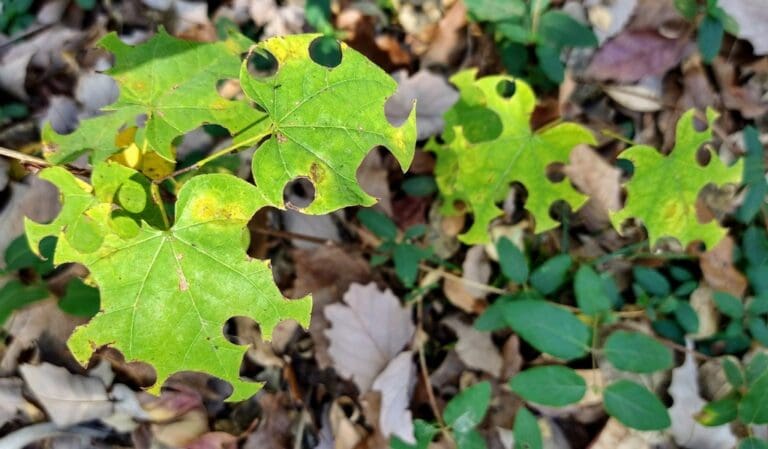
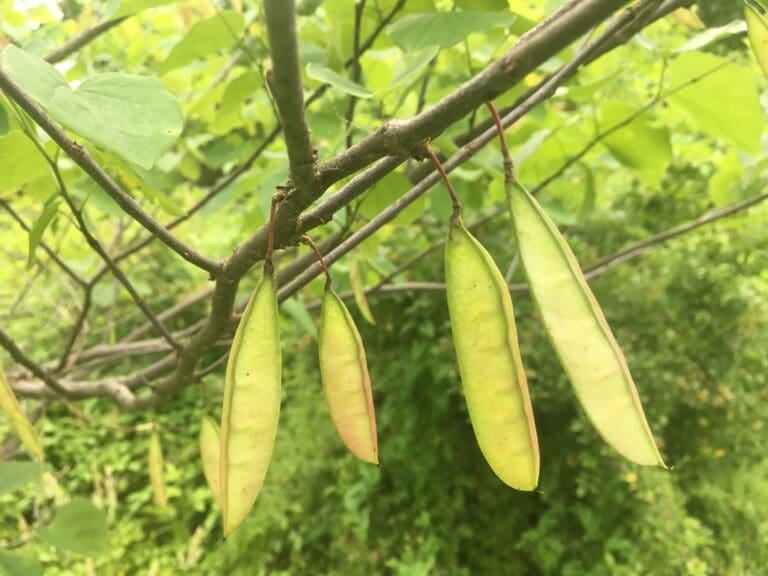
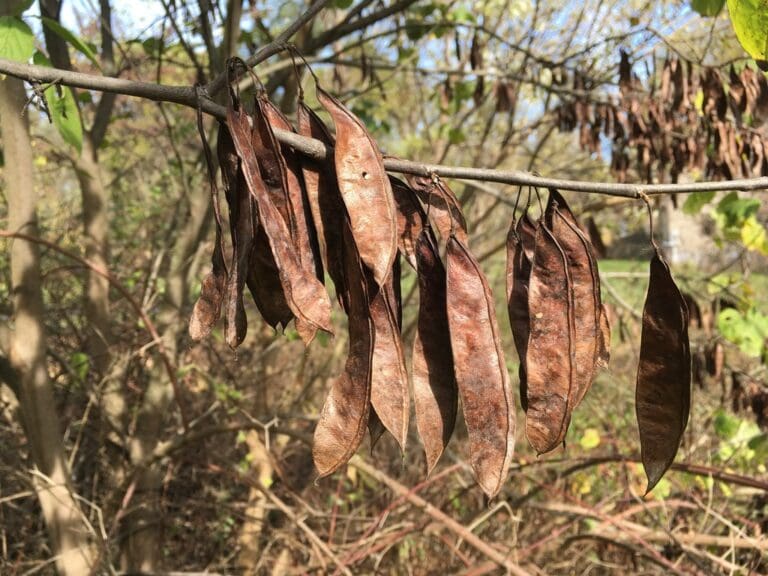
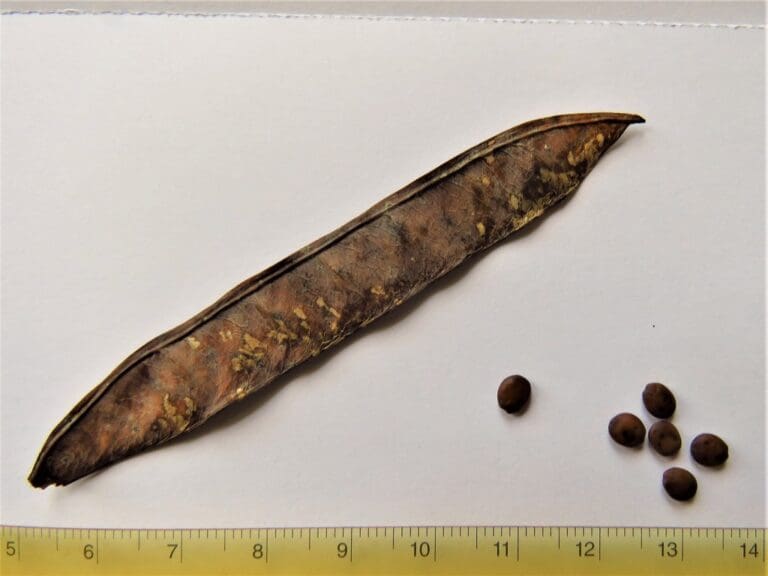
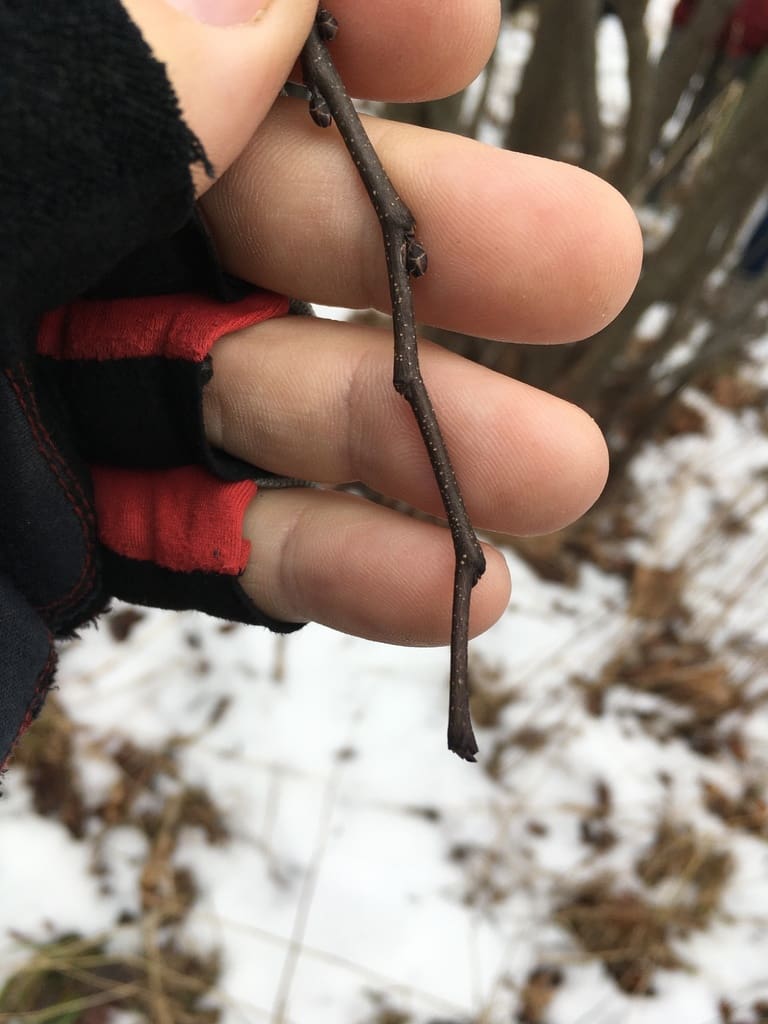
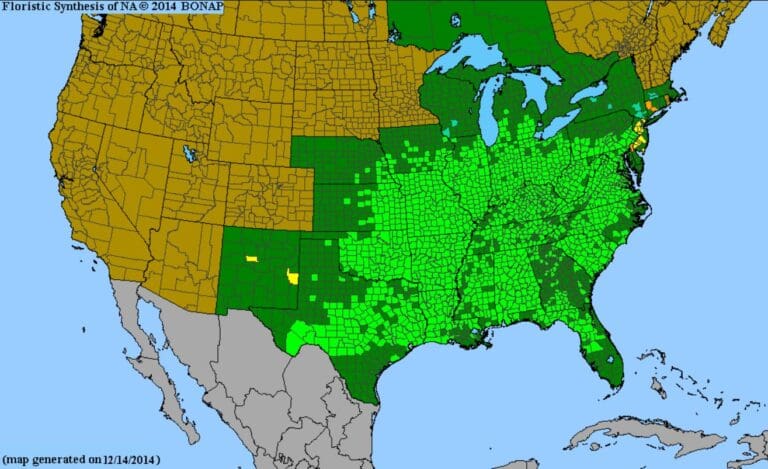
Visit Fairfield SWCD to order your Redbud tree seedlings today! Seedlings can be purchased in sets of 5, 25, or 100 while supplies last. It is also offered individually as a 3′-4′ sapling.
Purchased trees from us in the past? If so, enter our Facebook “Show us your Trees” contest! Visit our Facebook Page for details.
Additional information can be found below:
National Tree Benefits Calculator
South Central Power: Plant the Right Tree in the Right Place
